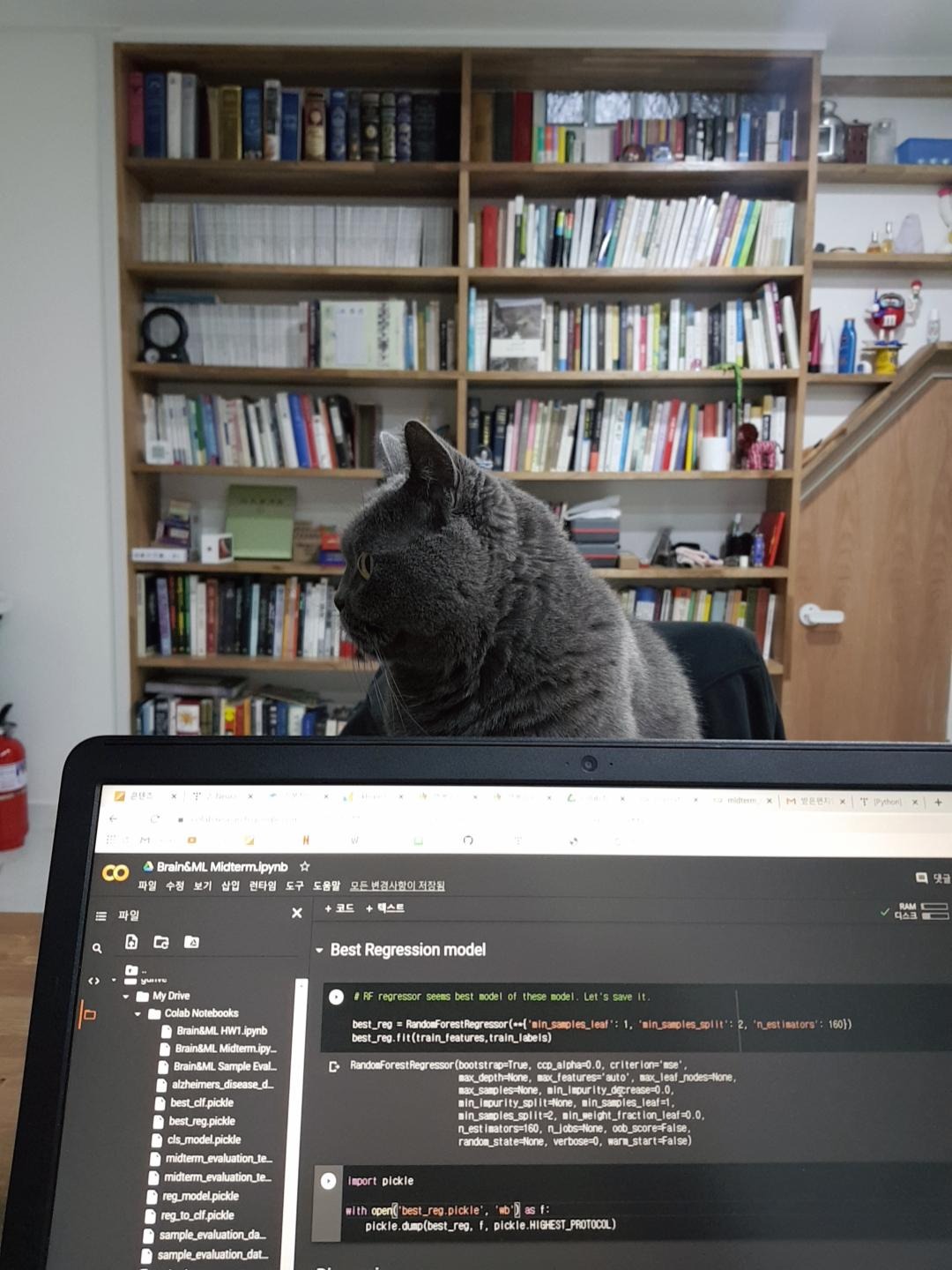Notice
Recent Posts
Recent Comments
Link
| 일 | 월 | 화 | 수 | 목 | 금 | 토 |
|---|---|---|---|---|---|---|
| 1 | 2 | 3 | ||||
| 4 | 5 | 6 | 7 | 8 | 9 | 10 |
| 11 | 12 | 13 | 14 | 15 | 16 | 17 |
| 18 | 19 | 20 | 21 | 22 | 23 | 24 |
| 25 | 26 | 27 | 28 | 29 | 30 | 31 |
Tags
- SPM12
- 판다스기초
- RSFC-based behavioral prediction
- neurofeedback
- 파이썬
- DCCSAE
- pandas
- fMRI
- Realignment
- hierarchical clustering analysis
- 광화문텀블러
- 코드업
- cortical representation
- socioeconomic status
- 한정판텀블러
- Slice timing
- 우박수
- CodeUp
- Word Embedding
- SPM
- Python
- Normalise
- matlab
- DMN
- 약수구하기
- Kernel regression
- abcd
- 판다스
- cortical mapping
- Coregistration
Archives
- Today
- Total
몽발개발
Prevalence and Family-Related Factors Associated With Suicidal Ideation,Suicide Attempts, and Self-injury in Children Aged 9 to 10 Years 본문
뇌공학/논문 정리
Prevalence and Family-Related Factors Associated With Suicidal Ideation,Suicide Attempts, and Self-injury in Children Aged 9 to 10 Years
집사 몽이 2020. 8. 25. 15:17반응형
| 읽은 날 | 2020.08.25 | 학술지 | JAMA network |
| 제목 | Prevalence and Family-Related Factors Associated With Suicidal Ideation, Suicide Attempts, and Self-injury in Children Aged 9 to 10 Years |
||
| 저자 | Danielle C. DeVille, MA; Diana Whalen, PhD; Florence J. Breslin, MS; Amanda S. Morris, PhD; Sahib S. Khalsa, MD, PhD; Martin P. Paulus, MD; Deanna M. Barch, PhD | ||
| 한줄요약 | Children의 suicidality와 몇몇 family factor의 연관성 조명 | ||
| 초록 | -IMPORTANCE Although suicide is a leading cause of death for children in the United States, and the rate of suicide in childhood has steadily increased, little is known about suicidal ideation and behaviors in children. -OBJECTIVE To assess the overall prevalence of suicidal ideation, suicide attempts, and nonsuicidal self-injury, as well as family-related factors associated with suicidality and self-injury among preadolescent children. -DESIGN, SETTING, AND PARTICIPANTS Cross-sectional study using retrospective analysis of the baseline sample from the Adolescent Brain Cognitive Development (ABCD) study. This multicenter investigation used an epidemiologically informed school-based recruitment strategy, with consideration of the demographic composition of the 21 ABCD sites and the United States as a whole. The sample included children aged 9 to 10 years and their caregivers. -MAIN OUTCOMES AND MEASURES Lifetime suicidal ideation, suicide attempts, and nonsuicidal self-injury as reported by children and their caregivers in a computerized version of the Kiddie Schedule for Affective Disorders and Schizophrenia. -RESULTS A total of 11 814 children aged 9 to 10 years (47.8%girls; 52.0%white) and their caregivers were included. After poststratification sociodemographic weighting, the approximate prevalence rates were 6.4%(95%CI, 5.7%-7.3%) for lifetime history of passive suicidal ideation; 4.4%(95%CI, 3.9%-5.0%) for nonspecific active suicidal ideation; 2.4%(95%CI, 2.1%-2.7%) for active ideation with method, intent, or plan; 1.3%(95%CI, 1.0%-1.6%) for suicide attempts; and 9.1%(95%CI, 8.1-10.3) for nonsuicidal self-injury. After covarying by sex, family history, internalizing and externalizing problems, and relevant psychosocial variables, high family conflict was significantly associated with suicidal ideation (odds ratio [OR], 1.12; 95%CI, 1.07-1.16) and nonsuicidal self-injury (OR, 1.09; 95%CI, 1.05-1.14), and low parental monitoring was significantly associated with ideation (OR, 0.97; 95%CI, 0.95-0.98), attempts (OR, 0.91; 95%CI, 0.86-0.97), and nonsuicidal self-injury (OR, 0.95; 95%CI, 0.93-0.98); these findings were consistent after internal replication. Most of children’s reports of suicidality and self-injury were either unknown or not reported by their caregivers. |
||
| 키워드 | ABCD, adolescence sucide, KSADS, family factor | ||
| 의의 | 청소년 자살과 특정 family factor(high family conflict, low parental monitering...)의 상관관계 제시 | ||
| 비판점 | suicide는 여러 복합적인 요인으로 인해 발생하기 때문에 단순 상관관계로 보기는 어려움. | ||
반응형
